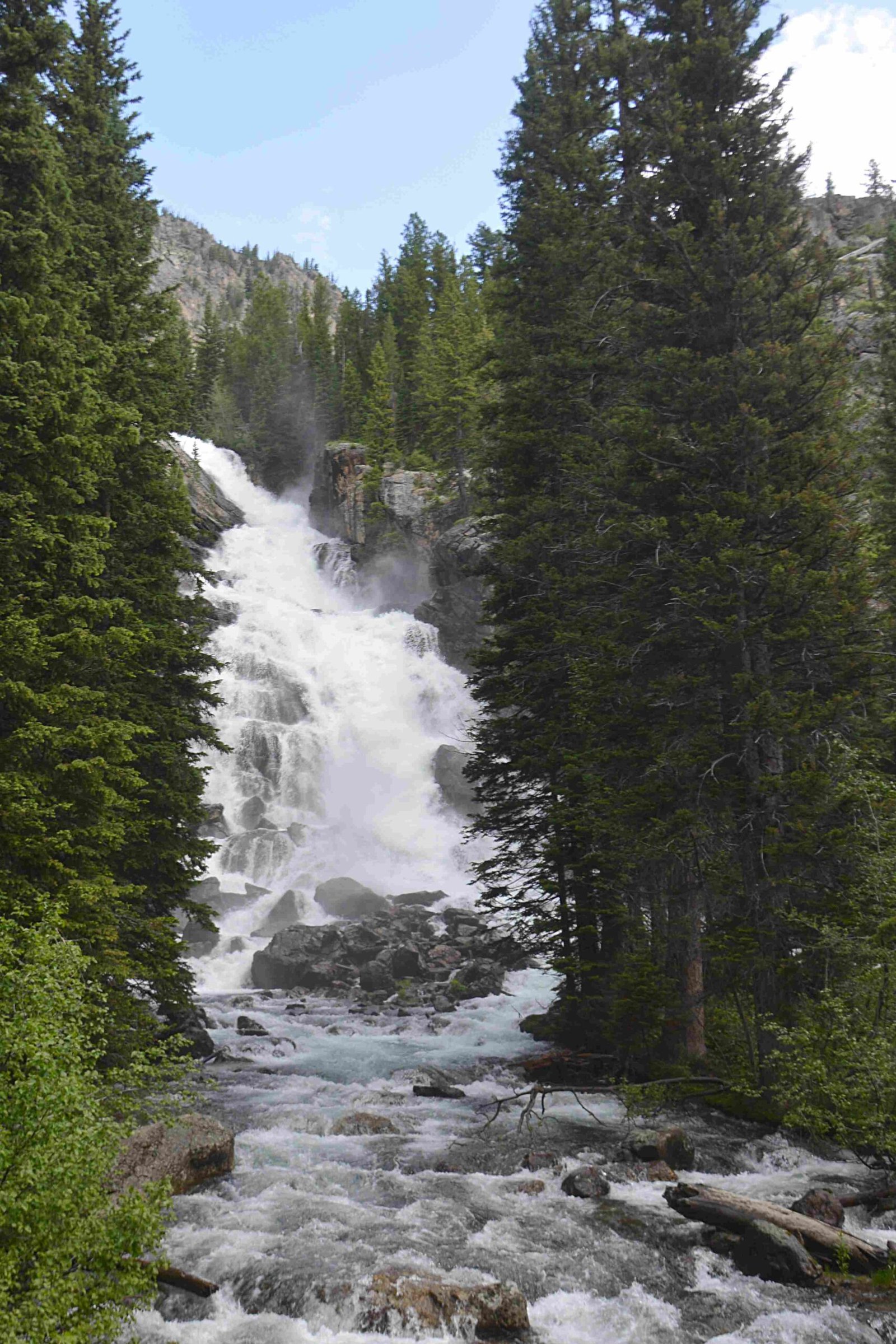Nestled in the heart of Wyoming, Grand Teton National Park offers photographers and nature enthusiasts an unparalleled sunrise experience. As the first light breaks over the majestic Teton Range, the landscape transforms into a canvas of vibrant colors, dramatic shadows, and breathtaking mountain silhouettes, creating a visual spectacle that captures the raw beauty of the American wilderness.
What Makes Grand Teton Sunrise Unique?
Grand Teton National Park provides an extraordinary sunrise experience characterized by its diverse landscape and dramatic mountain backdrop. The park’s unique geographical features create multiple stunning vantage points for capturing the morning’s first light.
Where Are the Best Sunrise Locations?
| Location | Accessibility | Photographic Highlights |
|---|---|---|
| Oxbow Bend | Easy Car Access | Reflective Water, Mountain Views |
| Schwabacher Landing | Gravel Road | Snake River Reflections |
| Snake River Overlook | Highway Access | Iconic Landscape Composition |
| Mormon Row | Easy Access | Historic Barns, Mountain Background |
How to Prepare for Grand Teton Sunrise Photography?
Essential Photography Equipment
- Sturdy Tripod
- Wide-Angle Lens
- Telephoto Lens
- Graduated Neutral Density Filters
- Extra Batteries
- Warm Clothing
- Headlamp
What Camera Settings Work Best?
Recommended Camera Configuration:
– ISO: 100-400
– Aperture: f/8 to f/11
– Shutter Speed: 1/30 to 1/60 seconds
– White Balance: Auto or Daylight
– File Format: RAW
When Is the Optimal Sunrise Time?
Sunrise times in Grand Teton National Park vary significantly throughout the year:
- Summer (May-September):
- Sunrise: 5:30-6:00 AM
- Arrive 45-60 minutes early
-
Expect vibrant, quick-changing colors
-
Winter (November-February):
- Sunrise: 7:30-8:00 AM
- Arrive 30-45 minutes early
- Snow-covered landscape offers unique opportunities
What Weather Conditions Impact Sunrise?
Weather plays a crucial role in sunrise photography at Grand Teton:
- Cloud Cover
- Clear skies: Vibrant, direct sunlight
- Partial clouds: Dramatic, dynamic lighting
-
Overcast: Soft, diffused light
-
Temperature Ranges
- Summer: 40-60°F
- Winter: 15-35°F
Pro Tips for Capturing Stunning Sunrise Images
- Scout locations in advance
- Use foreground elements for depth
- Experiment with composition
- Be patient and prepared
- Respect wildlife and park regulations
Safety and Ethical Considerations
- Arrive early and be prepared
- Dress in layers
- Bring sufficient water
- Follow Leave No Trace principles
- Maintain safe distance from wildlife
Seasonal Photography Variations
Summer
– Lush green landscapes
– More predictable weather
– Longer daylight hours
Winter
– Snow-covered terrain
– Dramatic, stark landscapes
– Challenging but rewarding conditions
Technical Photography Recommendations
- Use manual focus
- Bracket exposures
- Carry extra memory cards
- Use mirror lock-up feature
- Consider using a remote shutter release
Recommended Gear Checklist
- Camera Body
- Multiple Lenses
- Tripod
- Filters
- Extra Batteries
- Warm Clothing
- Hiking Boots
- Navigation Tools
Final Thoughts
Sunrise at Grand Teton National Park offers an unparalleled photographic experience. With proper preparation, equipment, and technique, photographers can capture the breathtaking beauty of this remarkable landscape.

